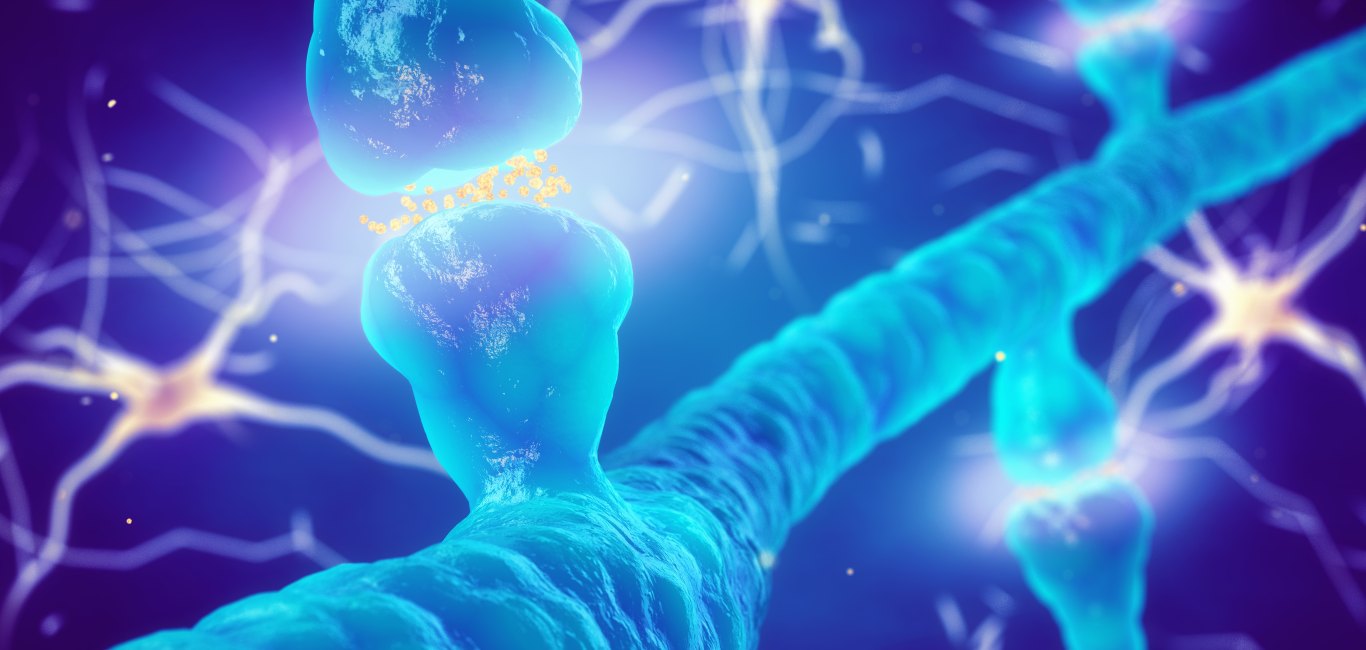
A recent study published in Nature Neuroscience, details how brain cells enhance learning and memory. They found that special cells called glial cells nibble synapses or the junctions between two neurons, to enable effective communication thereby improving the pathway.
In their experiments in mice, the researchers from Tohoku University, Japan, found that this pruning was more pronounced in the early stages of learning movement. When they blocked the pruning mechanism, the learning and memory process was lost.
“We found that a type of glial cell refines neural connections in the brain by removing synapses through a process called phagocytosis during memory formation,” Yosuke Morizawa of Super-network Brain Physiology, Tohoku University, Japan, and the study’s lead investigator, tells Happiest Health. Phagocytosis is where cells eat damaged cells as a housekeeping process.
For a long time, scientists considered the glial cells to be just a glue between the neurons. However, recent studies are slowly uncovering the versatile nature of glial cells. They are found to have independent functions and a unique way of processing information.
The scientists used a fluorescent substance to identify which glial cells were engulfing which parts of the neurons in the cerebellum (part of the brain involved in movement and coordination) of the mice. Using advanced electron microscopy technique, they saw that it was the Bergmann glial cells that nibbled on the synapses of neuronal parts in the brain. Moreover, during movement learning tasks, the Bergmann glial cells were more in number. When they blocked the phagocytosis process, they observed that the mice forgot what they learned.
On further scrutiny, they saw these glial cells chew on some protrusions of the neuron (called neuronal spine) which tend to slow down communication. Therefore, the chomping of these protrusions enhanced learning and memory.
This study highlights the importance of the changes in the size of the synapse, says Dr Morizawa. “Synaptic pruning involves the elimination and shrinkage of synapses. The size of a synapse strongly correlates with how efficiently the neurons transmit information,” he adds.
Interestingly, studies have found that in conditions like depression, schizophrenia, and Alzheimer’s disease, the distance between neurons shrinks even more. The current study has also opened avenues to explore the extent of shrinkage that cause such neurological anomalies. “We want to figure out which type of synapses are pruned over time in the progression of these diseases,” says Dr Morizawa. This could help in understanding potential therapeutic targets for treating these disorders and enhancing memory, he adds.
















